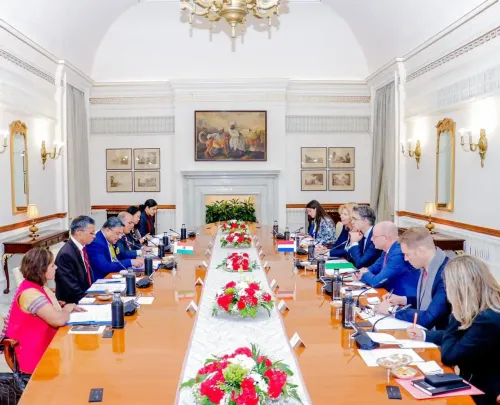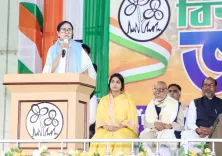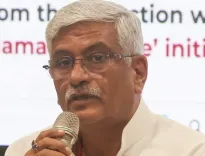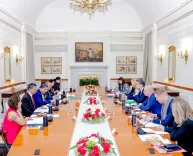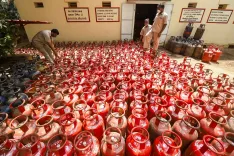Is the Government Focusing on Domestic Growth Drivers to Keep the Economy on Fast-Track?
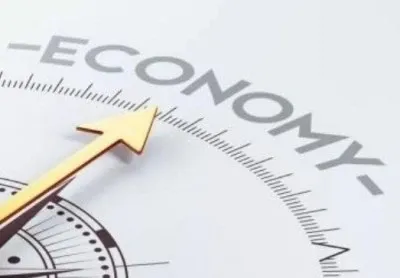
Synopsis
Key Takeaways
- India's GDP growth is projected to average over 7% until 2025.
- Focus on deregulation and infrastructure is paramount.
- Women’s workforce participation is being enhanced through targeted initiatives.
- The demographic dividend is a key opportunity for economic growth.
- District Export Hubs support local economies by boosting exports.
New Delhi, Aug 5 (NationPress) India continues to be the fastest-growing major economy, boasting an average GDP growth of over 7 percent from 2014 to 2025 (excluding the Covid years). In the face of a global environment rife with protectionism, maintaining a growth rate of 7-8 percent necessitates a concentrated effort on domestic growth drivers, as shared with Parliament on Tuesday.
"The Government is dedicated to a strategy focused on deregulation, infrastructure investment, and MSME development; boosting female labour force participation; equipping the workforce to tap into the demographic dividend; and accelerating digitalisation to enhance financial inclusion and formalisation," stated Minister of State for Statistics & Programme Implementation, Rao Inderjit Singh, during the Rajya Sabha session.
These initiatives—strengthened by Centre-State collaboration and institutional fortification—aim to unlock productivity, draw in private investment, and spur inclusive, innovation-driven, and resilient growth, he added.
The government has implemented a variety of strategies to address potential risks while capitalizing on emerging opportunities, emphasizing the enhancement of domestic capabilities, the promotion of exports, the diversification of supply chains, the exploration of alternative sources for imports, and the fortification of overall economic resilience, he elaborated.
The minister highlighted that India’s demographic dividend, fueled by a burgeoning working-age population, presents a vital chance to elevate GDP growth. The working-age populace is anticipated to increase from 735 million in 2011 to 988.5 million by 2036. Currently, 64.2 percent of the population is of working age, and this favorable demographic is expected to hover around 65 percent for the next decade.
To fully leverage its demographic dividend, the government is enhancing education, healthcare, and skill development, while putting a spotlight on creating jobs in labour-intensive sectors and increasing women’s participation in the workforce. Initiatives like Mission Shakti, Namo Drone Didi, and Lakhpati Didi are aimed at bolstering women's economic empowerment. In conjunction with these efforts, the Make in India initiative is designed to rejuvenate manufacturing and create significant employment opportunities, especially for semi-skilled and unskilled workers, the minister noted.
Key initiatives and policy measures, including the Foreign Trade Policy effective from April 1, 2023, are crafted to integrate India more seamlessly into the global marketplace, enhance trade competitiveness, and position the country as a reliable and trusted trade partner.
Additionally, various tax incentives aimed at promoting labour-intensive exports, such as textiles, have been introduced. For the Remission of Duties and Taxes on Exported Products, a budget allocation of Rs 18,232.50 crore for FY 2025-26 has been earmarked, the minister revealed.
The District Export Hubs initiative was launched to identify products with export potential in each district, tackle bottlenecks for these products, and support local exporters/manufacturers to generate employment opportunities within the district, the minister concluded.



